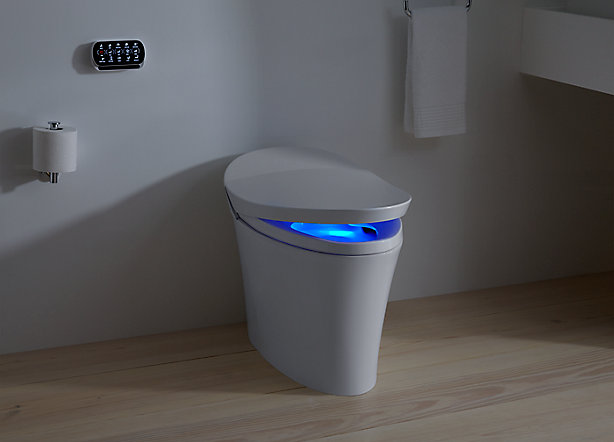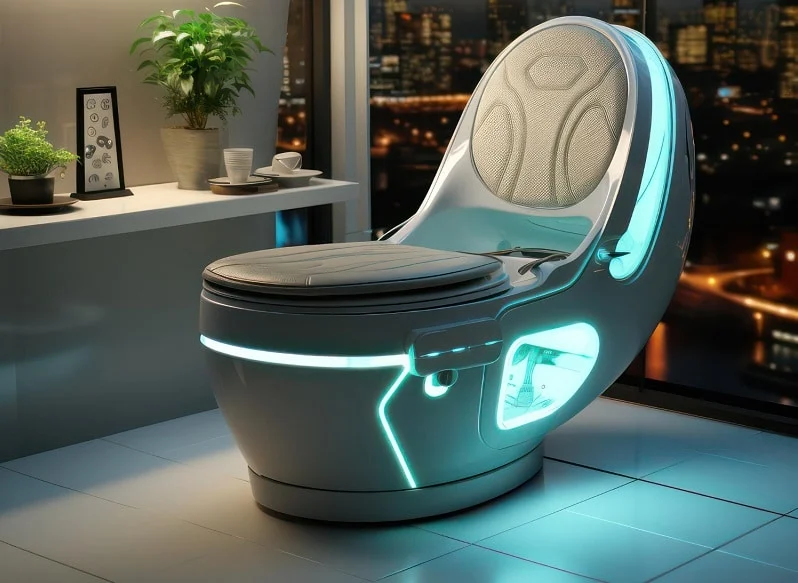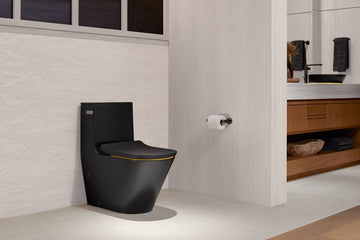In the evolving world of sanitation, odor control toilet technology has emerged as a revolutionary trend, transforming the way we experience one of our most essential daily routines. For industry quality assurance professionals, understanding the intricacies of this technology is crucial for ensuring that products meet both consumer expectations and regulatory standards. The primary keyword, odor control toilet technology, is central to this transformation, promising a future where unpleasant bathroom experiences are a thing of the past.

Understanding Odor Control in Modern Toilets
The concept of odor control in toilets is not new, but recent advancements have taken it to new heights. At its core, this technology focuses on neutralizing or eliminating unpleasant smells at their source. Modern toilets equipped with this technology often utilize a combination of air filtration systems, automatic sprays, and innovative flushing mechanisms to ensure a fresh environment.
One of the driving forces behind these advancements is the increasing consumer demand for more hygienic and pleasant bathroom experiences. This demand is not just limited to residential settings but extends to commercial and public restrooms, where maintaining a fresh environment is paramount for user satisfaction and health regulations.
Key Innovations in Odor Control Toilets
Air Filtration Systems
Air filtration systems are a cornerstone of odor control toilet technology. These systems work by drawing in air from the toilet bowl, passing it through a series of filters that trap odor-causing particles, and then releasing the cleansed air back into the bathroom. This process not only removes odors but also improves the overall air quality in the restroom.
Automatic Sprays and Scenting
Another popular feature in modern toilets is the use of automatic sprays and scenting mechanisms. These devices automatically release a fine mist of deodorizing liquid or pleasant scents after each use. This not only masks any lingering odors but also provides a refreshing aroma that enhances the bathroom experience.
Innovative Flushing Mechanisms
Flushing mechanisms have also seen significant advancements. Dual-flush systems, for instance, offer two options for water usageone for liquid waste and a more powerful flush for solid waste. This not only conserves water but also ensures that waste is effectively removed, reducing the potential for odors to linger. To further explore innovative flushing systems, you can check out this article on dual-flush toilets.
The Role of IoT in Odor Control
The Internet of Things (IoT) has played a significant role in advancing odor control toilet technology. Smart toilets now come equipped with sensors and connectivity features that allow them to monitor usage patterns, detect maintenance needs, and even adjust deodorizing settings automatically. This level of automation not only enhances user convenience but also ensures that odor control systems operate optimally at all times.
For those interested in the integration of IoT with sanitation technology, this article on water-efficient toilets provides valuable insights into how technology is shaping the future of bathrooms.
Challenges and Considerations for Industry QA Professionals
While the benefits of odor control toilet technology are clear, there are several challenges and considerations that industry quality assurance professionals must keep in mind. Firstly, ensuring that these systems comply with environmental and health regulations is crucial. This includes verifying that any chemicals used in deodorizing sprays are safe for human exposure and environmentally friendly.
Moreover, with the increasing complexity of these systems, quality assurance professionals must also ensure that they are durable and reliable over time. This involves rigorous testing of components such as sensors, filters, and automated mechanisms to prevent failures that could lead to unsatisfactory user experiences.
Future Trends in Odor Control Toilets
Looking ahead, the future of odor control toilet technology is bright. As consumer expectations continue to rise, manufacturers are likely to invest in even more advanced solutions. One area of potential growth is the integration of artificial intelligence, which could enable toilets to learn user preferences and adjust settings accordingly.
Additionally, as sustainability becomes an increasingly important factor, we can expect to see more eco-friendly odor control solutions. This might include the use of biodegradable materials in filtration systems or the development of energy-efficient mechanisms that reduce the environmental footprint of these devices.
For a glimpse into some of the latest innovations in toilet technology, consider reading this article on smart toilet innovations.
Conclusion
In conclusion, odor control toilet technology is transforming the way we experience bathrooms. By combining advanced filtration systems, smart technologies, and eco-friendly solutions, manufacturers are setting new standards for hygiene and comfort. For industry QA professionals, staying abreast of these developments is essential for ensuring that products not only meet regulatory standards but also exceed consumer expectations. The journey towards a more pleasant and sustainable bathroom environment is well underway, and the possibilities are truly exciting.

FAQ
What is the primary benefit of odor control toilet technology?
The primary benefit of odor control toilet technology is the enhancement of user experience by effectively neutralizing or eliminating unpleasant smells, thereby creating a more hygienic and pleasant bathroom environment.
How do smart toilets contribute to odor control?
Smart toilets contribute to odor control by using IoT features such as sensors and connectivity to monitor usage patterns, detect maintenance needs, and adjust deodorizing settings automatically, ensuring optimal performance at all times.
What are the environmental considerations for odor control toilets?
Environmental considerations for odor control toilets include ensuring that any chemicals used are safe and environmentally friendly, as well as investing in eco-friendly solutions such as biodegradable materials and energy-efficient mechanisms to reduce the environmental footprint.
This article contains affiliate links. We may earn a commission at no extra cost to you.






